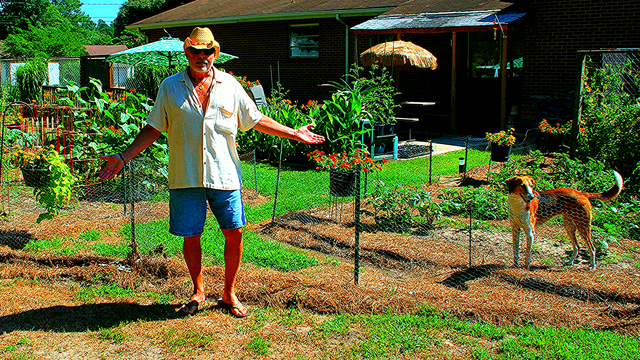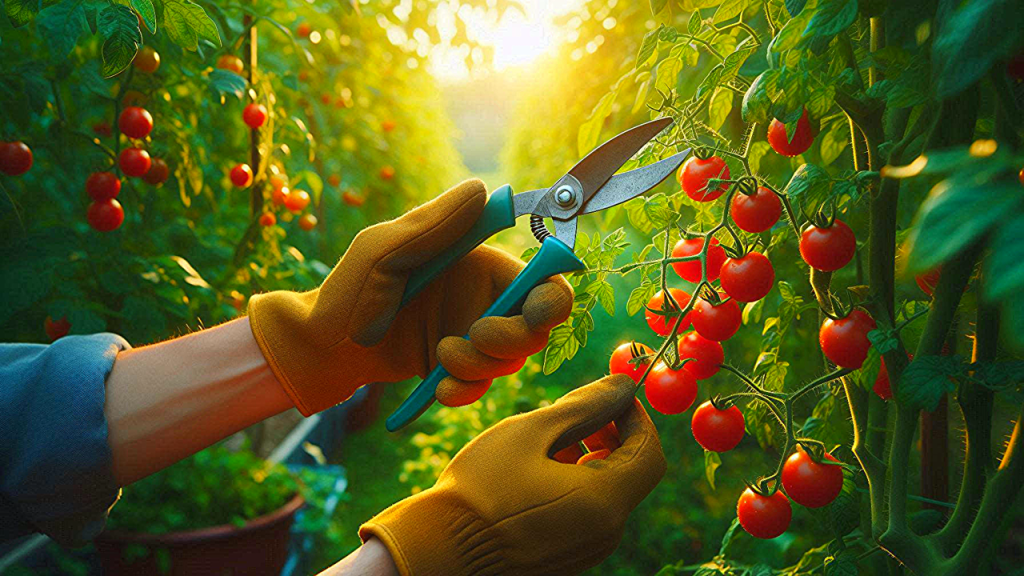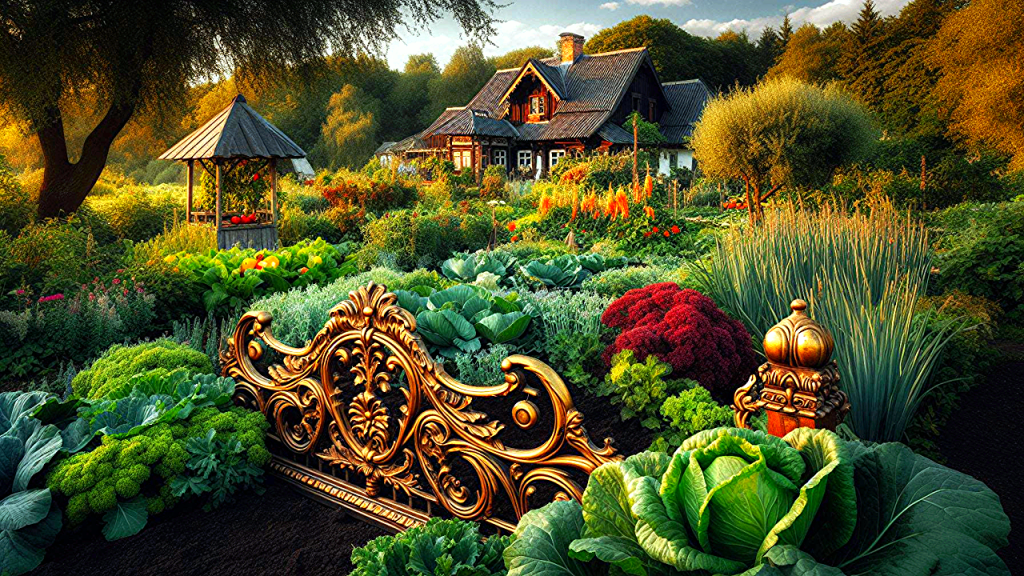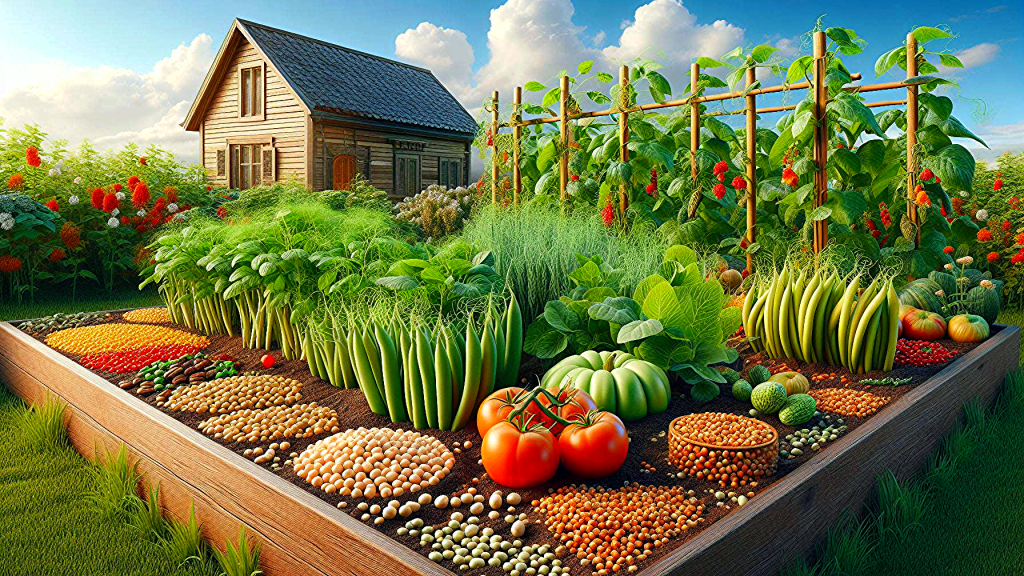tomatoes
-
Harmonious Gardening: Our No-Till, Organic Garden
Welcome to the Veggie-Bed, a harmonious world where we’ve cultivated a no-till, raised-row, organic garden for over a decade. Through thoughtful crop rotation, we rejuvenate the soil naturally, manage weeds, pests, and diseases. Our meticulously planned garden spans 450 square feet, divided into purposeful sections for root, leaf, legume, and fruit vegetables. Nestled in Chesapeake,…
-
Tips for Protecting Tomato Plants During Heat Waves
With the current heat wave hitting the East Coast, here at the Veggie-Bed, we suggest keeping the following information in mind: Excessive heat can significantly impact tomato plants. When temperatures consistently rise above 90°F (32°C) during the day and above 75°F (24°C) at night, tomato plants experience severe stress. Hot temperatures hinder pollination, causing flowers…
-
To Prune or Not to Prune Cherry Tomato Plants
Should you prune your cherry tomato plants? Indeterminate cherry tomatoes thrive, and pruning can help manage their growth. It improves airflow, keeps the plant dry, and reduces the risk of fungal diseases. Pruning also allows more sunlight to reach the cherry tomato clusters, leading to quicker ripening and better flavor. Regularly picking ripe tomatoes encourages…
-
Whispers of Resilience (audio-only)
Image: AI-Generated; Prompt/edited: Tom Myrick; -Whispers of Resilience: Unveiling the Secrets of ‘The Veggie-Bed’- The audio-only short story “Whispers of Resilience” is part of an upcoming series by writer and digital creator Tom Myrick. The content encourages and shares information about vegetable gardening, with links to the YouTube channel and Facebook group of Urban Gardening.…
-
A Colorful Garden Ally with Natural Pest-Repelling Powers
Image: AI-Generated; Prompt/edited: Tom Myrick -A Garden Ally- Lantana is a captivating and pest-repelling plant with vibrant flowers in various shades. It attracts pollinators and adds biodiversity to gardens. However, some species can be invasive, so careful consideration is needed. Its aromatic scent acts as a natural deterrent to mosquitoes, making it a valuable addition…
-
The Intriguing World of Non-Photoblastic Seeds
Image: AI-Generated; Prompt/edited: Tom Myrick -Unlocking Dormancy – Non-photoblastic seeds, unlike light-dependent photoblastic seeds, rely on factors like temperature, moisture, scarification, stratification, and chemical cues to break dormancy. They exhibit diverse germination behaviors, challenging our understanding of seed biology. Understanding these mechanisms can help optimize conditions for successful seed germination in gardening.
-
From Seedlings to Sunlight: A Veggie-Bed Garden Update
Photo/Video by: Tom Myrick; -Seedlings to Sunlight- The Veggie-Bed garden is abuzz with activity as tomato plants embrace the sun, cucumbers transition outdoors, and pepper seedlings await their turn. Kale and collards thrive, while potato plants dig deep and sugar snap peas ascend the trellis. This enchanting canvas of life and growth invites you to…







You must be logged in to post a comment.